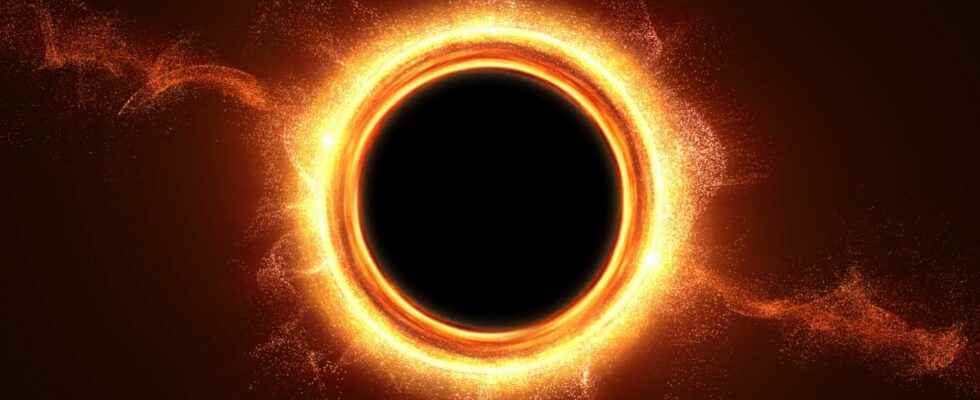The first candidates for stellar black hole were discovered in the early 1970s with the rise of X-ray astronomy, in particular. But we can say that the first candidates for the title of black hole tout court were discovered in the early 1960s with quasars. During the following years from the end of the XXand century, it is becoming more and more likely that black holes stars highlighted had masses between 5 and 15 solar masses, while supermassive black holes at the heart of large galaxies, such as the Milky Waycontained from one million to several billion solar masses.
If the birth of stellar black holes is not very mysterious, for collapse gravity of a star at the end of its life, probably containing initially more than 30 solar masses, that of supermassive black holes is still enigmatic even if several plausible scenarios have been put forward. This implies the existence of intermediate-mass black holes between the two populations which could merge during the collision of galaxies and also accrete matter from currents ofhydrogen falling on galaxies or by swallowing stars.
This last hypothesis is not without problem because it is well known that in galaxies, the distances between stars are such that they can be considered as forming a gas without collisions. However, today an article published in The Astrophysical Journal by a team ofastrophysicists and which can be read freely at arXiv allows us to reconsider this scenario in another light which makes it much more interesting and believable.
For about a decade, there have been indications of the existence of intermediate black holes and what now seems promising to explain at least part of this existence is that in a notable fraction of the large galaxies we find clusters of nuclear stars. Those nuclear star clusters (NSC), as we say in English, are at the center of most spiral galaxies and they are denser (by 106 at 108 solar masses in the form of stars in a region of about tenlight years of radius) than the globular clusters and the open clusters of stars while containing both old stars, like the former, and young stars, like the latter.
Stellar Encounter Catalysts
NSCs are mainly found in galaxies that are not too massive, such as the Milky Way, and in general in those where the lightest supermassive black holes are observed, if at all. Our Galaxy has NSCs and its central giant black hole contains only about 4 million solar masses.
Observations made in the area of X-rays with the telescope spatial Chandra and in the visible with the telescope Hubble highlighted in more than 100 galaxies NSCs containing particular black holes in a sample of 29 that emerged from studies of data collected by the two instruments jointly.
They seem to confirm a theory of growth in avalanche stellar black holes in these clusters whose density allows stars to approach these black holes to the point of being destroyed by tidal forces, giving rise to the famous Tidal disruption events (or TDE) which can be translated into French as “events of rupture by tidal effect”, already modeled during the 1980s by Jean Pierre Luminet and Brandon Carter.
In an NSC, according to the researchers’ calculations, a stellar hole born at the center will then destroy and swallow the matter of thousands of stars, thus transforming into a black hole of intermediate mass towards the center of the galaxies. The calculations also show that there is a density threshold, which also depends on the speed at which the stars in the clusters are moving, at which point the star-consuming growth process really kicks into gear.
As predicted by the theory, NSCs above the calculated threshold contain more growing black holes, which supports the theory. The process of runaway growth can occur in any sufficiently dense cluster and therefore even today in theUniverse and not at the beginning of its history. Which is another testable prediction.
A short presentation of the discovery made concerning the possible origin of intermediate black holes. To obtain a fairly accurate French translation, click on the white rectangle at the bottom right. The English subtitles should then appear. Then click on the nut to the right of the rectangle, then on “Subtitles” and finally on “Translate automatically”. Choose “French”. © Chandra X-ray Observatory
Interested in what you just read?
